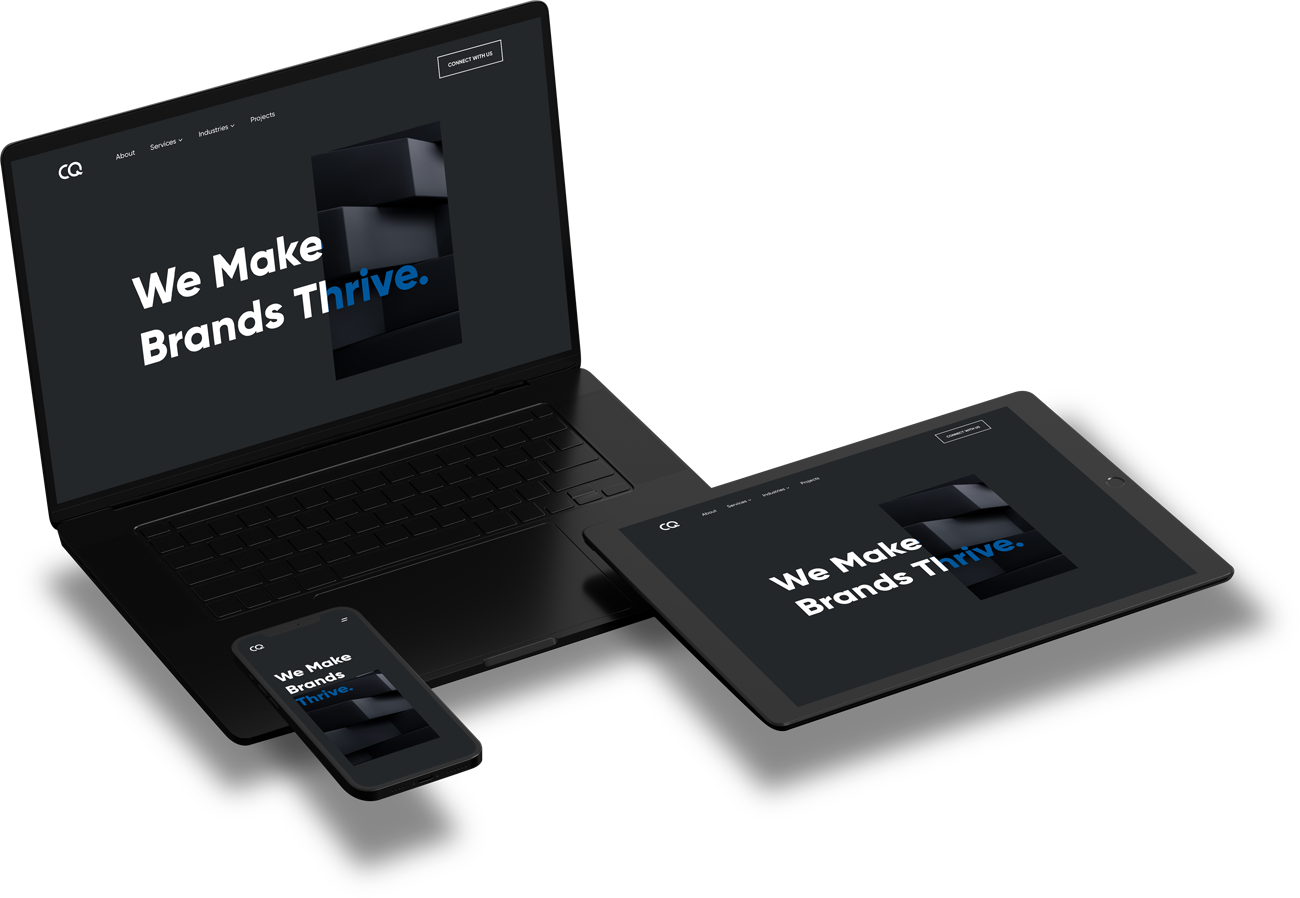 May 27, 2023
May 27, 2023

In today’s rapidly evolving technological landscape, organizations are pressured to deliver software faster, more reliably, and with higher quality. This is where DevOps comes in. So, what is DevOps? It combines development and operations and is a software development approach emphasizing collaboration, automation, and continuous improvement.
By adopting DevOps best practices, organizations can streamline their software delivery processes, enhance collaboration between teams, and ultimately achieve faster time-to-market and improved customer satisfaction. This blog talks about some essential DevOps best practices to help optimize the software development lifecycle in this blog post.
When it comes to DevOps, services are not just about implementing tools and technologies; it’s a cultural shift that fosters collaboration, shared ownership, and continuous learning. Organizations should promote a culture of transparency, trust, and open communication between development, operations, and other cross-functional teams. Breaking down silos and promoting a mindset of collective responsibility enables teams to work together towards common goals, fostering a collaborative and innovative work environment.
Automation is a fundamental principle of DevOps. Organizations can eliminate human error, reduce lead times, and increase efficiency by automating repetitive and manual tasks. Continuous Integration (CI) and Continuous Deployment (CD) pipelines automate the build, test, and deployment processes, enabling teams to deliver software updates more frequently and reliably.
Infrastructure as Code (IaC) automates the provisioning and configuration of infrastructure, making it scalable, repeatable, and version-controlled. Automated testing, including unit tests, integration tests, and end-to-end tests, ensures the stability and quality of the codebase. Organizations can achieve faster feedback loops and accelerate software delivery by embracing automation.
Organizations must build scalable and resilient infrastructure in a rapidly changing digital landscape. Cloud computing and containerization technologies provide the flexibility and scalability to meet changing demands. By leveraging cloud platforms like AWS, Azure, or Google Cloud, organizations can scale their infrastructure resources dynamically, allowing them to handle varying workloads efficiently.
Additionally, in DevOps software development services, containerization technologies such as Docker and Kubernetes enable organizations to package applications and their dependencies into portable and scalable containers, simplifying Deployment and management across different environments.
Monitoring and feedback are crucial components of DevOps metrics. Implementing robust monitoring solutions in DevOps best practices helps gain insights into their applications and infrastructure performance, availability, and security. Monitoring tools provide real-time visibility into system metrics, logs, and user behavior, enabling proactive issue detection and rapid incident response.
Continuous monitoring also facilitates feedback loops between development and operations teams, allowing them to collaborate on resolving performance bottlenecks, optimizing resource utilization, and improving the overall user experience.
In today’s cybersecurity landscape, ensuring the security and compliance of software applications is paramount. DevOps software development promotes the concept of “shifting security left,” where security considerations are integrated into the development process. Organizations should incorporate security testing, code analysis, and vulnerability scanning into their CI/CD pipelines.
Automated security checks and code reviews help identify and address potential vulnerabilities early in the development cycle. Compliance requirements like GDPR or HIPAA should also be considered and integrated into the development and deployment processes.
Encouraging a culture of continuous learning and collaboration is very important in DevOps best practices . Regular retrospectives allow teams to reflect on identifying areas for improvement, their processes, and implement changes. Post-Incident Reviews (PIRs) provide valuable insights into the root causes of incidents and help prevent similar issues in the future.
Collaboration tools and platforms facilitate communication and knowledge sharing across teams, fostering a culture of continuous improvement and collective learning.
Version control systems such as Git help manage and track codebase changes. By using version control, teams can collaborate effectively, maintain a history of code changes, and revert to previous versions if needed. Additionally, configuration management tools like Ansible, Chef, or Puppet enable organizations to manage and automate the configuration of their infrastructure and environments. Organizations can ensure consistency, reduce errors, and simplify Deployment by controlling designs.
Effective collaboration and communication between teams are crucial for successful DevOps implementation. Development, operations, quality assurance, and other relevant teams should work closely to understand requirements, address issues, and align priorities. Encouraging cross-functional teams and fostering open communication promotes a shared understanding of goals and objectives, leading to better coordination, quicker problem-solving, and improved overall efficiency.
Continuous Integration (CI) is a key in DevOps best practices that involves regularly integrating code changes into a shared repository. By automating the build and testing process, CI ensures that code changes are validated and blended smoothly.
Automated tests, including unit tests, integration tests, and performance tests, provide rapid feedback on code quality and help identify and address issues early on. This practice minimizes the risk of integration failures and allows teams to deliver software confidently.
Automating the deployment process as a DevOps software development company focuses on ensuring that software updates can be released to production environments quickly and reliably. CD pipelines, built on top of CI, automate applications’ packaging, Deployment, and release.
Organizations can reduce manual errors, achieve consistent deployments, and enable rapid rollbacks if necessary by automating these steps. Continuous Deployment takes this effort further by automatically deploying changes to production environments once they pass the required tests and validations. This approach enables organizations to deliver software updates to end-users seamlessly and continuously.
Software development and operations are being revolutionized by DevOps’ best practices by promoting collaboration, automation, and continuous improvement. CraftedQ recommends adopting these practices, for organizations to accelerate software delivery, enhance team collaboration, and achieve higher-quality releases.
DevOps offers a comprehensive framework for organizations to streamline their processes and meet the ever-increasing digital world demands, from implementing automation and infrastructure scalability to fostering a culture of continuous learning and collaboration. By embracing DevOps best practices, organizations can drive innovation, improve customer satisfaction, and gain a competitive edge in today’s dynamic market.
